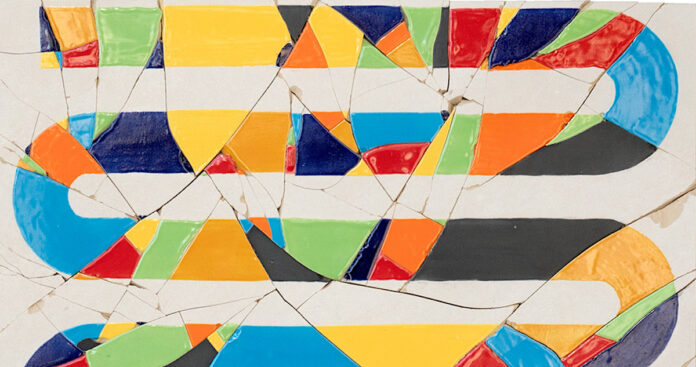The name of the exhibition of more than 60 of Jim Melchert’s artworks at the di Rosa Center for the Arts San Francisco is Where The Boundaries Are (through January 3, 2026).
It’s a good title. The artist, mentor, teacher, and administrator, who died in 2023 at 92, moved between artforms fluidly, seemingly immune to any boundaries.
Melchert’s first major institutional retrospective covers, among other things, his work in clay, conceptual art, performance documentation, and broken tile. Curator Griff Williams, a close friend of Melchert’s, says sometimes people wanted to put him into one category or another, but he never fit.
“It was a little bit like people couldn’t see the forest for the trees with Jim. They knew him as being one thing, and then he goes and becomes the head of the NEA [National Endowment for the Arts],” Williams said while giving a tour of the exhibition that he curated at di Rosa SF’s Minnesota Street Project location. “Think about how much more joyous the art world would be if we gave the attention to those that are really the binding glue in the arts community.”
After earning a degree in painting at the University of Chicago, Melchert studied ceramics with Peter Voulkos at the University of California, Berkeley. A legendary figure in California art, Voulkos was known for pushing against the conventions of ceramics and making work that was structural rather than functional.
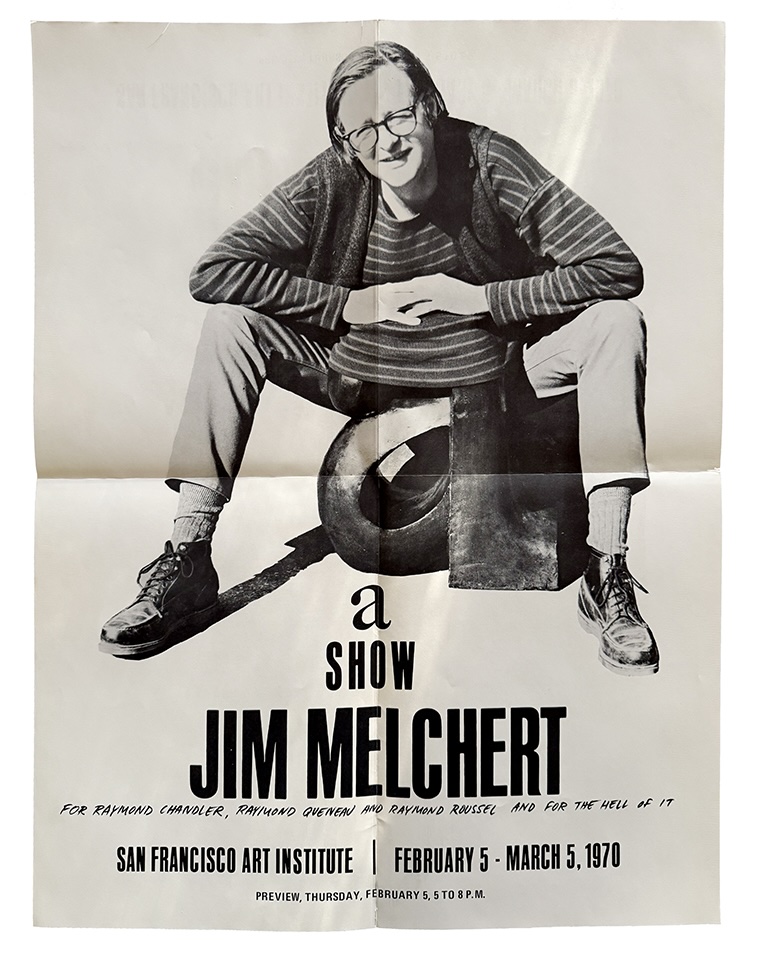
When Melchert saw Voulkos’ work in 1957 as a graduate student in Chicago, he hated it. In the first-ever monograph of Melchert’s work (with the same title as the exhibition and released concurrently with the show), Williams wrote about how Melchert said he felt assaulted by the work, and it repelled him all the way out the door. Despite that, when he saw Voulkos was teaching a summer class in Missoula, Montana, he moved his family there, so he could study with him.
This, Williams pointed out, is not what most people would do—choose to study with someone whose work they can’t stand.
“I think it was an inquisition of his own feelings about the thing, like, ‘Why is it making me so upset?’ That kind of inquiry was central to Jim’s life and his curiosities and the way he moved through different bodies of work,” Williams said. “And he meets Voulkos, and I think that changed the course of his life.”
Help us save local journalism!
Every tax-deductible donation helps us grow to cover the issues that mean the most to our community. Become a 48 Hills Hero and support the only daily progressive news source in the Bay Area.
Williams said that when Melchert started doing more conceptual work, he never invited Voulkos to the openings, not wanting to hear what his friend might think of it.
David Kimball Anderson, one of Voulkos’ studio assistants in the early 70s, can understand that. Voulkos, he says, was opinionated and often criticized artist’s work. But he never did that with Melchert.
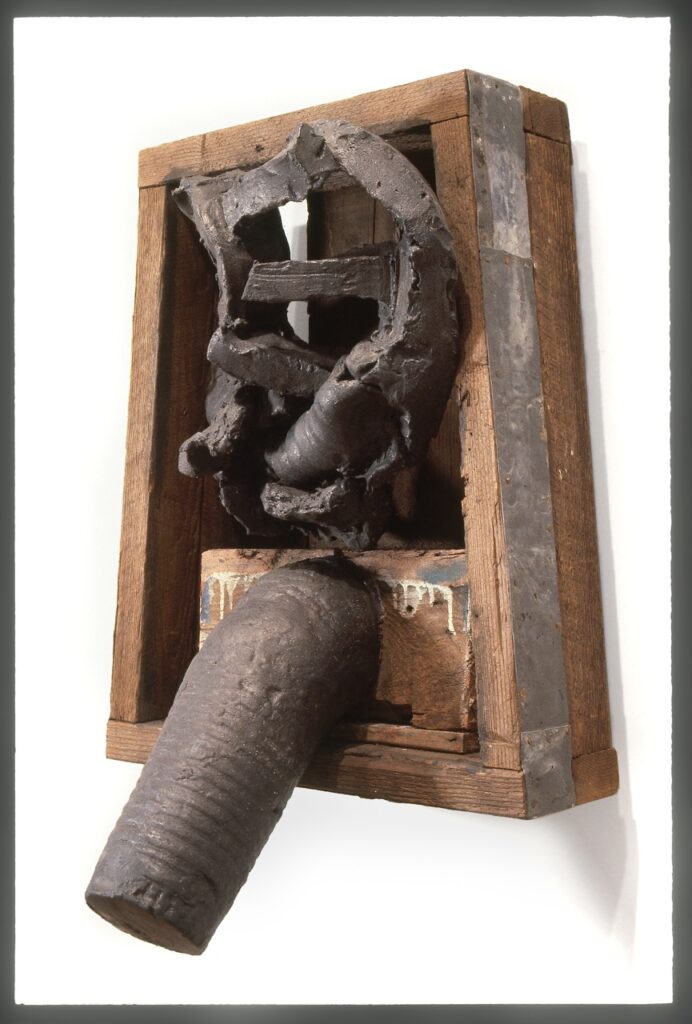
Anderson met Melchert at one of Voulkos’ regular Saturday night parties that many artists attended, which always included dinner, drinks, and a poker game.
Anderson now lives in Santa Cruz and has an exhibition, Still Life Work: A Twenty-Year Series, coming to the M Stark Gallery in Half Moon Bay on Sat/15. He says as someone who makes work about astrophysics and then might do a piece on Bakersfield, he appreciated that Melchert wasn’t constrained by genre.
“People admired him greatly for his intellect and for his resistance to being tagged any one school or another,” Anderson said. “We all admired him because he would do whatever he wanted to do.”
The exhibition includes Changes, a performance Melchert did in the ’70s, where the participants put their head in wet clay slip and then sat on benches until it dried.
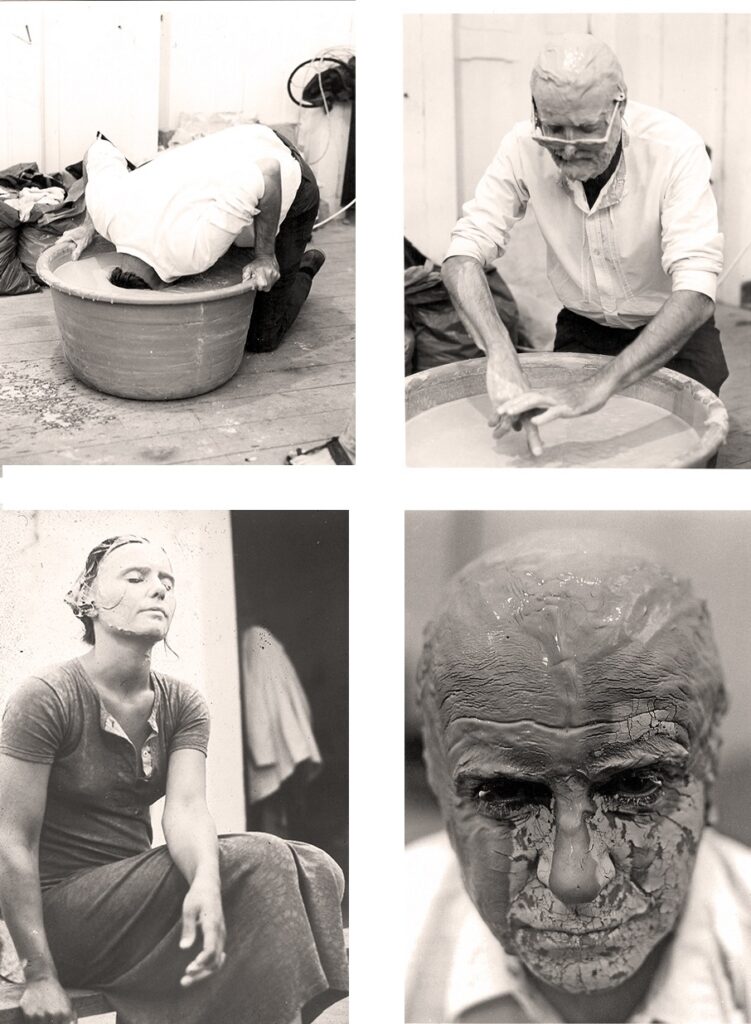
Rene di Rosa, a collector and founder of di Rosa Center for Contemporary Art in Napa, was an early collector of Melchert’s work. The show has a photo of Melchert’s seminal 1965 work, Earth Door, a land-art work di Rosa commissioned.
Williams says Melchert was unique, not only because of his curiosity and exploration, but in his influence on other artists, and the way he would platform them. Williams mentioned that one of Melchert’s notable students, Theresa Hak Kyung Cha, has an exhibition, Multiple Offerings, coming to the Berkeley Art Museum and Pacific Film Archive on January 24. It will include some of Melchert’s work.
This mentoring is something Williams experienced first-hand when he moved out to California from Montana to go to the San Francisco Art Institute. Williams said he couldn’t believe that Melchert paid attention to him.
“Jim calls me up, and I’m just losing my mind because as a young 20 something kid, I was like, ‘How does Jim Melchert have any time to talk to me?’” Williams said. “He’s like, ‘I want to introduce you to this person. I want to introduce you to that person.’ It just became this way of connecting the community. It was indicative of the way Jim was. He was like that with everybody.”
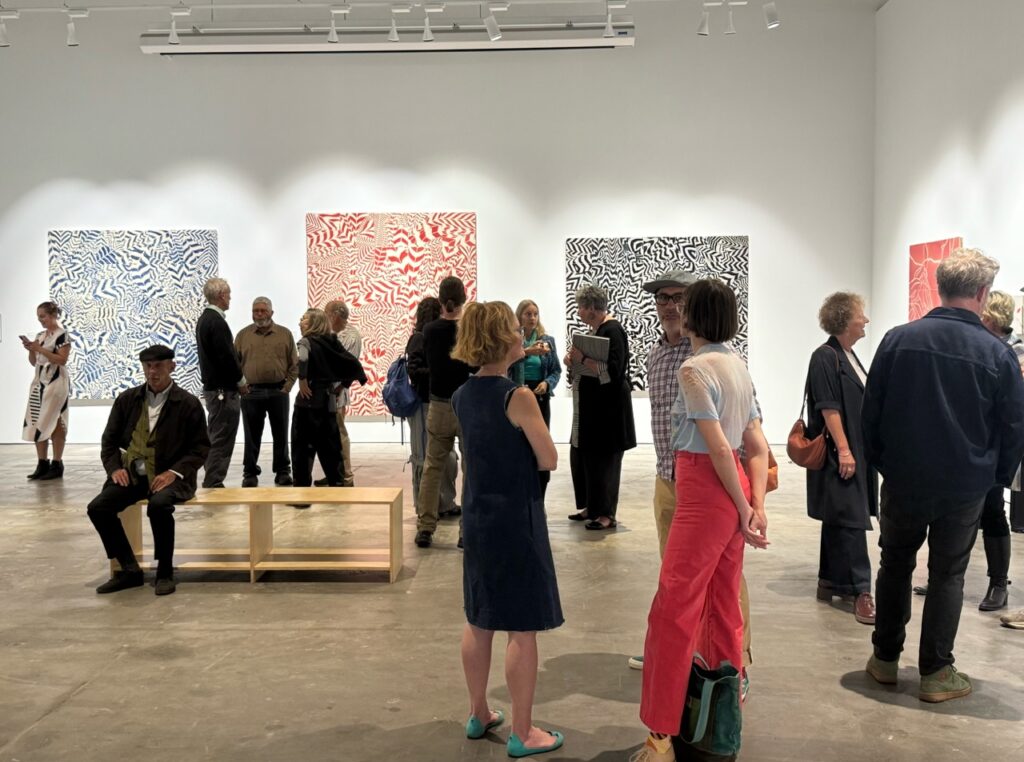
On the tour, Williams pointed to the tilework that was Melchert’s last piece, finished just a week before he died, The Move That Won the Game, which he made with his grandson, Galen Melchert.
Williams says it’s funny that Melchert ended up interested in tile.
“He had become so known for being among this generation of artists that redirected clay from a utilitarian object to a sculptural one. And the clay people kind of disowned him in a way. They were like, ‘Well, you’re not really a ceramic artist,’” Williams said. “Then he gets back into clay with manufactured household, utilitarian tile. It’s so hysterical to me that he was running from utilities so fast in the 60s and then found the thing that was ready made in a way.”
Embedded in Melchert’s broken tile artwork is a metaphor for life, Williams writes in the monograph. He sees it as an optimistic outlook, that nothing is beyond repair.
Willimas worked for years on the exhibition and book, both of which he had envisioned for a long time.
“I told Jim, ‘I’m going to do this project around your work. It’s got to be seen by more people.’ It’s so important to the sort of history of Northern California, and the entirety of ceramic sculpture owes him a debt,” Williams said. “I think it’s an opportunity to kind of rewrite history because we’ve been so focused on the things that have had commercial success in New York and LA. I mean, Jim had no interest in that. He just wasn’t that guy.”
JIM MELCHERT: WHERE THE BOUNDARIES ARE is on view through January 3, 2026, at di Rosa SF. More info here.

